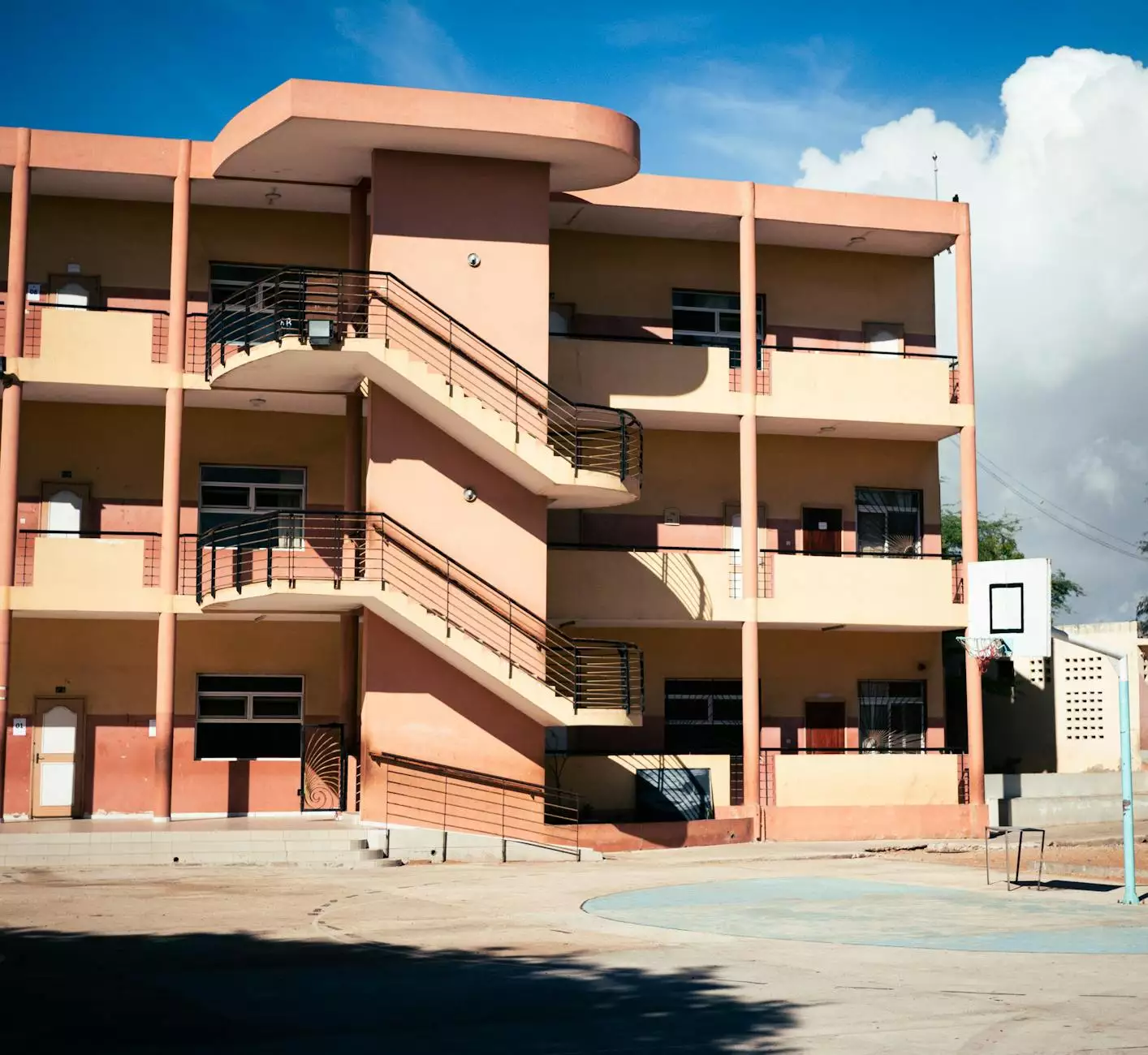The Definitive Guide to Cystocele, Rectocele, and Enterocele
Services
Introduction
When it comes to pelvic organ prolapse, understanding the differences between enterocele, rectocele, and cystocele is crucial. These conditions can significantly impact a person's quality of life, and knowing the distinctions between them can help in seeking appropriate treatment.
What is a Cystocele?
A cystocele occurs when the bladder bulges into the vagina due to weakened pelvic floor muscles and connective tissues. Common symptoms include pelvic pressure, urinary incontinence, and discomfort during sexual intercourse. Treatment options range from pelvic floor exercises to surgical repair depending on the severity of the condition.
Understanding Rectocele
In the case of a rectocele, the rectum protrudes into the back wall of the vagina, leading to symptoms like constipation, pelvic pressure, and difficulty with bowel movements. Treatment may involve dietary changes, pelvic floor therapy, or surgery to repair the weakened tissues.
Exploring Enterocele
Enterocele refers to the prolapse of the small intestine into the vaginal space, often causing lower abdominal discomfort, back pain, and a feeling of pelvic heaviness. Diagnosis typically involves pelvic exams and imaging tests. Treatment options include lifestyle modifications, pelvic floor exercises, or surgical intervention.
Comparing Enterocele vs. Cystocele vs. Rectocele
While all three conditions involve pelvic organ prolapse, the specific organs affected and symptoms experienced vary. An enterocele involves the small intestine, a cystocele affects the bladder, and a rectocele involves the rectum. Understanding these distinctions is essential for accurate diagnosis and treatment planning.
Surgical Repair Options
For cases requiring surgical intervention, procedures like cystocele and rectocele repair surgery aim to correct the anatomical defects, restore pelvic support, and alleviate associated symptoms. These surgeries are typically performed by experienced gynecologists or urogynecologists with expertise in pelvic floor reconstruction.
Recovery and Follow-Up Care
After undergoing cystocele and rectocele surgery, patients may need to follow specific post-operative instructions, including pelvic rest, physical therapy, and regular follow-up visits to monitor healing and address any concerns. Adhering to these guidelines can optimize outcomes and reduce the risk of complications.
Conclusion
In conclusion, Unilevel Studios, your trusted partner in website development, hopes this comprehensive guide has shed light on the differences between enterocele, rectocele, and cystocele. Remember, early detection and personalized treatment plans play a crucial role in managing pelvic organ prolapse effectively.









